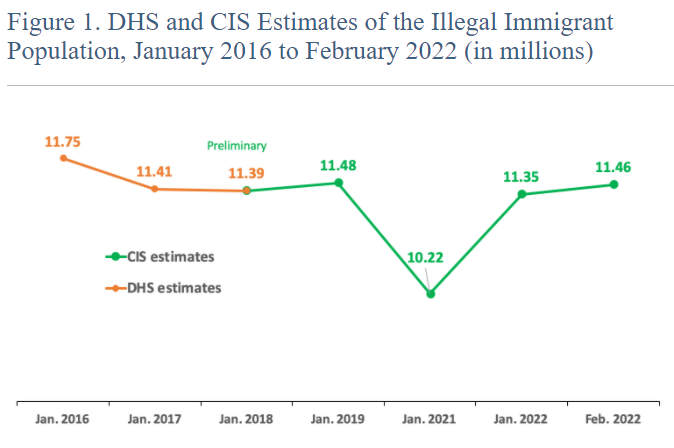Thanks to a government funding bill Congress passed in December 2022, the program will become permanent.
The USDA says the program could potentially reduce the number of children experiencing very low food security by about one-third. More than 21 million kids will benefit once it launches in June.
The problem, though, is that so far, only 35 states, five U.S. territories, and four tribes plan to participate.
15 Republican governors have said that they will turn
down federal money to feed low-income children.
Some have given reasons, dumb as they may sound. Like Iowa Gov. Kim Reynolds, who said she saw no need for the extra money for hungry kids “when childhood obesity has become an epidemic.”
“I don’t believe in welfare,” Nebraska Gov. Jim Pillen explained when asked why he rejected the money.
Pillen ultimately
changed his mind after Nebraska state Sen. Jen Day, a Democrat,
introduced a bill to require participation and found a Republican ally as well as a swell of support from voters in rural areas.
What I don’t understand is why such efforts have not been replicated for the holdout states: Alabama, Alaska, Florida, Georgia, Idaho, Iowa, Louisiana, Mississippi, Oklahoma, South Carolina, South Dakota, Texas, Vermont and Wyoming.
I can understand why the issue hasn’t been nationalized. Much of the mainstream news is managed by detached rich people who could care less about the poor when stoking viewers’ fears about crime is better for business. But that means it is incumbent on Democrats to make it an issue.



